Ertach Kernow - Historic Cornish hotels
Historic Cornish hotels have become many towns loved buildings. The application to raze the popular Hotel Bristol in Newquay led the story reaching Private Eye the UK's number one best-selling current affairs magazine. Edited by well-known writer, broadcaster and satirist Ian Hislop it was certainly a publicity coup for the Cornish Buildings Group. Cornwall’s heritage takes many forms, both ancient and modern. Many of Cornwall’s Victorian hotels which still exist have become important focal points for local communities, where for generations local activities have taken place. Often taken for granted some of these are now becoming targets for developers who want to cash in on prime sites. These well-built buildings that have degrees of individuality are gradually being replaced by, more often than not, square boxes of steel, chrome, cladding and glass of little architectural consequence, but profitable to construct and sell as apartments for second houses and Airbnb’s. Repurposing would not only be more environmentally friendly but maintain the character of a community. It's worth looking at just some of the hotel buildings that were built prior to the end of the Victorian age here in Cornwall.
Too many the 19th century Cornish architect and entrepreneur Silvanus Trevail will be recognised as a visionary towards Cornwall’s tourism industry. During the 1870’s he recognised Newquay as being a place where his vision of a successful ‘watering place’, as seaside holiday resorts were then known as, could come to fruition. There was a railway connection and station, with the first passenger train running in 1876. Newquay was keen to promote itself with the revived Newquay Regatta and gas lighting. Not for the last time were the plans of the local council board overly ambitious and the gas lighting was seized in payment of debt with visitors complaining about dirty streets. However, Trevail persisted with the Great Western Hotel opening in 1879. This the first of the five remaining Victorian period Newquay hotels and has over the last century undergone huge transformations especially during the 1930’s. Recent internal alterations have made it an increasingly popular venue to eat, drink and stay with views over Newquay Bay and close to the town centre.
Trevail followed this first hotel with another, the larger Atlantic Hotel completed in 1892. Perched adjacent to the Beacon in Newquay this had views over the headland and bay as well as the growing town. This was the largest hotel in Newquay until the coming of the Victoria and Headland Hotels at the end of that century. It proved a profitable investment from the beginning and in recent years has been altered and updated quite substantially with few original features remaining. At the time of writing, it has come onto the market with its outcome soon to be determined.
Meanwhile sometime after 1895 the villa that would become Newquay College in about 1903, then in 1927 the Hotel Bristol was constructed. This became a popular hotel with visitors and for local people and countless organisations and community groups throughout Newquay and Cornwall to hold events. They benefited from the benevolent support of the Young family for nearly one hundred years. Enlarged in the 1930’s with views over Newquay Bay from its 300-foot frontage this beloved hotel now faces destruction, being replaced by a faceless obelisk ten stories high perhaps better suited to Manchester or Benidorm.
The race was on for completion of the next of Newquay’s grand hotels between Silvanus Trevail and his Headland Hotel Company and those building the Victoria Hotel, which included a number of town councillors on its board of directors. Every effort was made to thwart Trevail and the Headland Hotel to enable the Victoria to open first in June 1899. That way for one season they could gain an edge in claiming both size and facilities superior to any in Cornwall. This of course as many Newquay people know included the lift from the hotel down to the beach beneath the hotel. Later an attached pub and subterranean nightclub were constructed but it remains externally much as it had done when first completed.
The Headland Hotel Company were beset by problems from the outset, besides any shenanigans from the town council members who had a vested interest in the Victoria Hotel project. There were what has gone down in Newquay’s history as the Newquay Riots of 1897 with Silvanus Trevail being publicly castigated by a baying mob of some two thousand people and pelted with eggs, apples, flour and sawdust. Ultimately the Headland Hotel was completed in 1900 becoming one of Newquay and Cornwall’s iconic hotels. Left to pitiful decay from its former glory during the 1940’s onwards, it was purchased in 1979 by John and Carolyn Armstrong. Their hard work and hotel experience has now turned this remarkable memorial to Silvanus Trevail into a glorious jewel that not just its owners, but Newquay can be rightly proud of. With a Grade II listing Newquay can be confident that this fine hotel, unlike many of its other buildings, will be around far into the future and safe from developers.
Newquay wasn’t the only place in Cornwall that Trevail had ambitious ideas for hotel construction, although numbers of these were far fewer than his other works that included churches, schools, houses and other buildings. One more high-profile building was what is now called the Camelot Castle Hotel at Tintagel. The King Arthur’s Castle Hotel Company was set up clandestinely to avoid any issues with the Cornish Hotels Company, owners of the Atlantic Hotel in Newquay. Equalling the size of the Atlantic the King Arthur’s Castle Hotel would have many additional features and facilities including a lift and electric lighting. Trevail exploited the historic location and designed the exterior to bear resemblance to a medieval castle keep. Opening in 1899 it unfortunately proved not a successful venture due to a number of early issues and the company fell into bankruptcy in 1903. In recent years with the increased interest in the nearby castle it seems its fortunes have become more positive.
Besides those hotels Trevail was involved with building during the Victorian period, other hotels were springing up over Cornwall. Falmouth was a town early to the tourist trade due mainly to its docks and would in 1863 have the benefit thirteen years ahead of Newquay of having a railway connection. This added to the seaport made Falmouth a major tourist attraction with many plans for large hotels.
The Falmouth Hotel first opened in 1865 is the oldest purpose-built hotel in Falmouth. Obviously successful following the introduction of rail travel across the Tamar via Brunel’s Royal Albert Bridge in 1859 it then benefited from a large extension designed by Silvanus Trevail in 1889. The Greenbank Hotel with claims to be almost as old as Falmouth itself it dates back to the 17th century as a private residence. It later became an inn during the 18th century before transforming into a hotel during the early 19th century being known then as the Commercial Packet Hotel, Greenbank. Although historic it has been renovated and transformed since 1999 becoming a stylish building with heritage features overlooking Falmouth harbour. The Pendennis Hotel and Boarding House in Falmouth is now known as the Royal Duchy Hotel. It was another Silvanus Trevail hotel opening in 1893. On completion it had 34 bedrooms and designed in the ‘Queen Anne’ style mostly retaining its original look. It later became the Hydro Hotel before becoming the Royal Duchy Hotel around 1935. It currently has 45 bedrooms designating itself Falmouth's leading 4-star hotel.
Whilst mentioning historic hotels one of the oldest is the Wellington Hotel in Boscastle, originally a coaching inn during the 17th century it is known locally affectionately as ‘The Welly’. The crenelated tower was added after 1852 and the name changed from ‘The Bos Castle Hotel’ in respect for the recently deceased Duke of Wellington. This is a Grade II listed building combining hotel, restaurant and pub facilities and recently purchased by St Austell Brewery. An added bonus, or not as the case maybe, is it’s long-term resident guest who haunts the building. Room nine is supposedly the best place to meet them. A quote from a recent visitor, ‘I was lying on the bed when suddenly I felt a really strange sensation and said to myself, “Oh my God, it’s here’.
Many historic hotels throughout Cornwall seem to be thriving. Perhaps as the number of hotels fall those survivors are better able to maintain guest numbers and profitability enabling reinvestment and improvement in facilities. Some like the Wellington in the beautiful village of Boscastle have added attractions it seems.
The backing of British and Cornish organisations against destruction of what are now considered by many to be Cornish heritage buildings is important. One would hope that when people ask for their support, especially those such as the Cornish Buildings Group, Old Cornwall Societies and local heritage groups they in turn will be supported through membership, donations or volunteering to help maintain their existence.
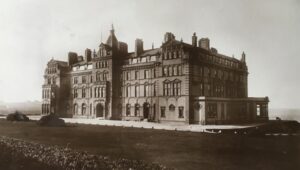
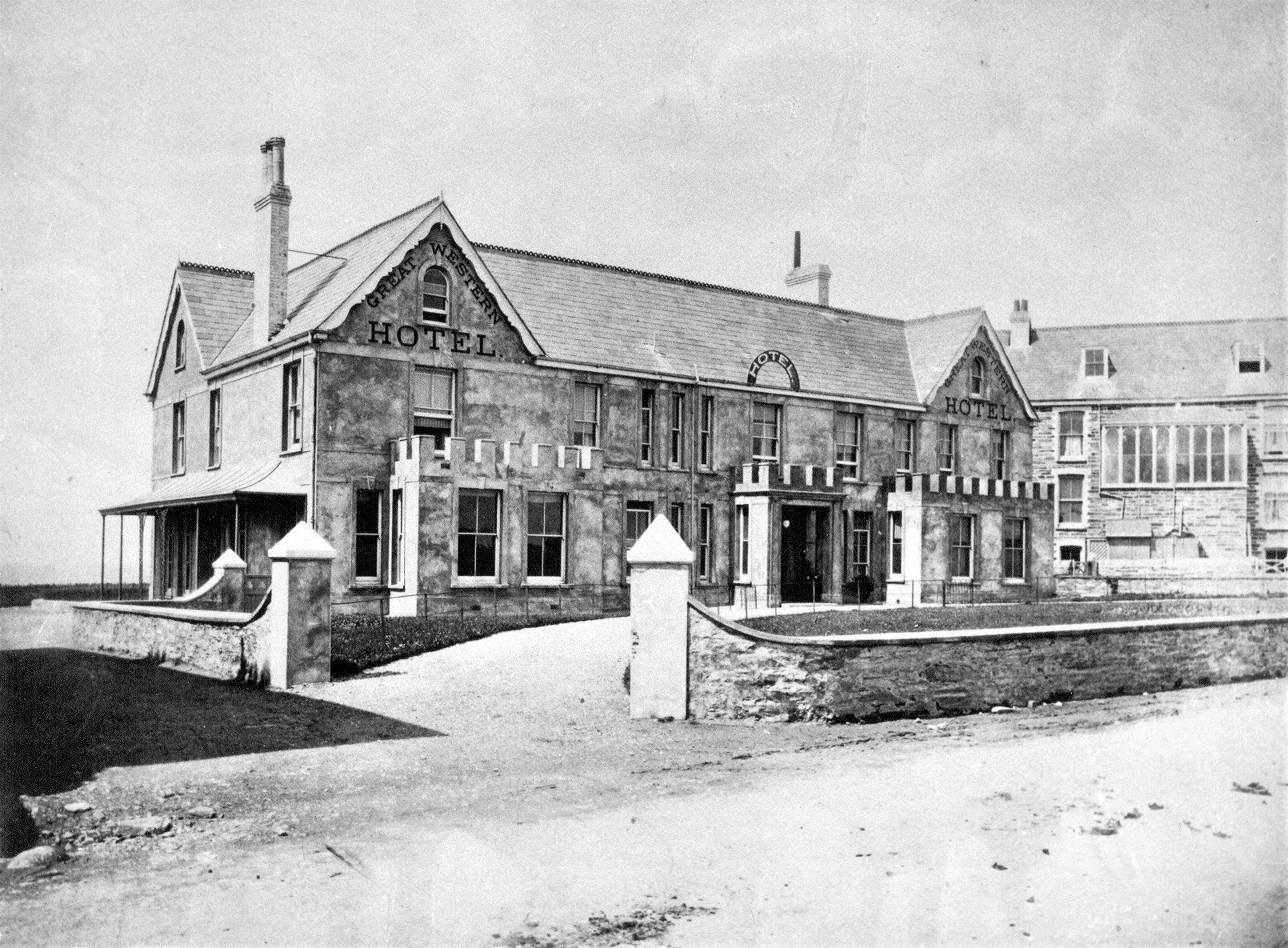
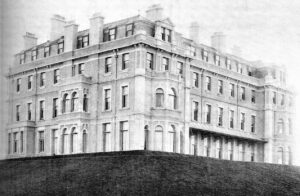
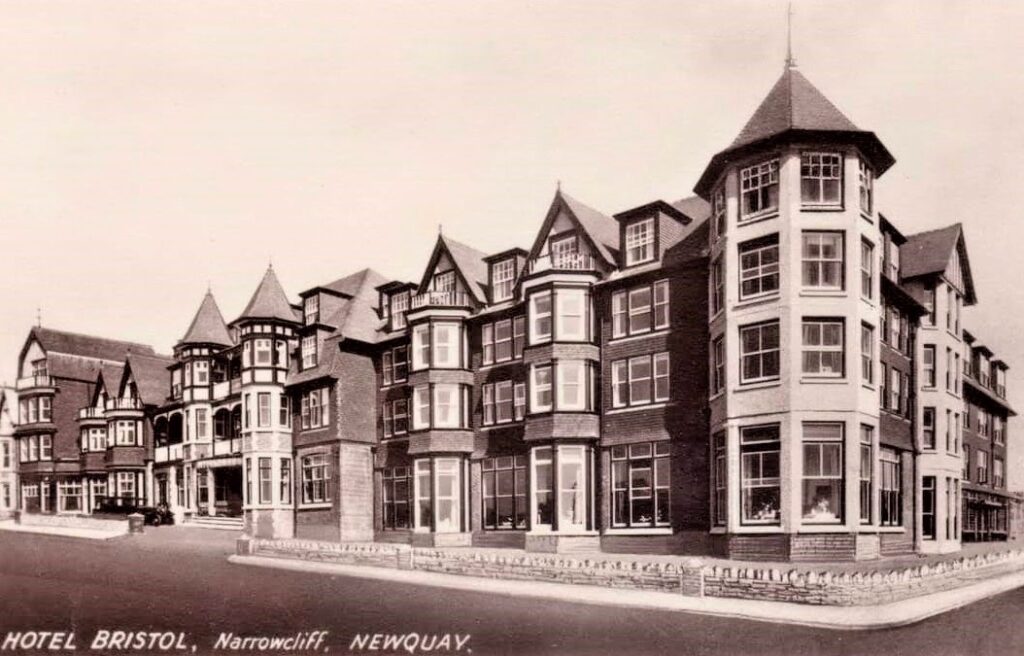
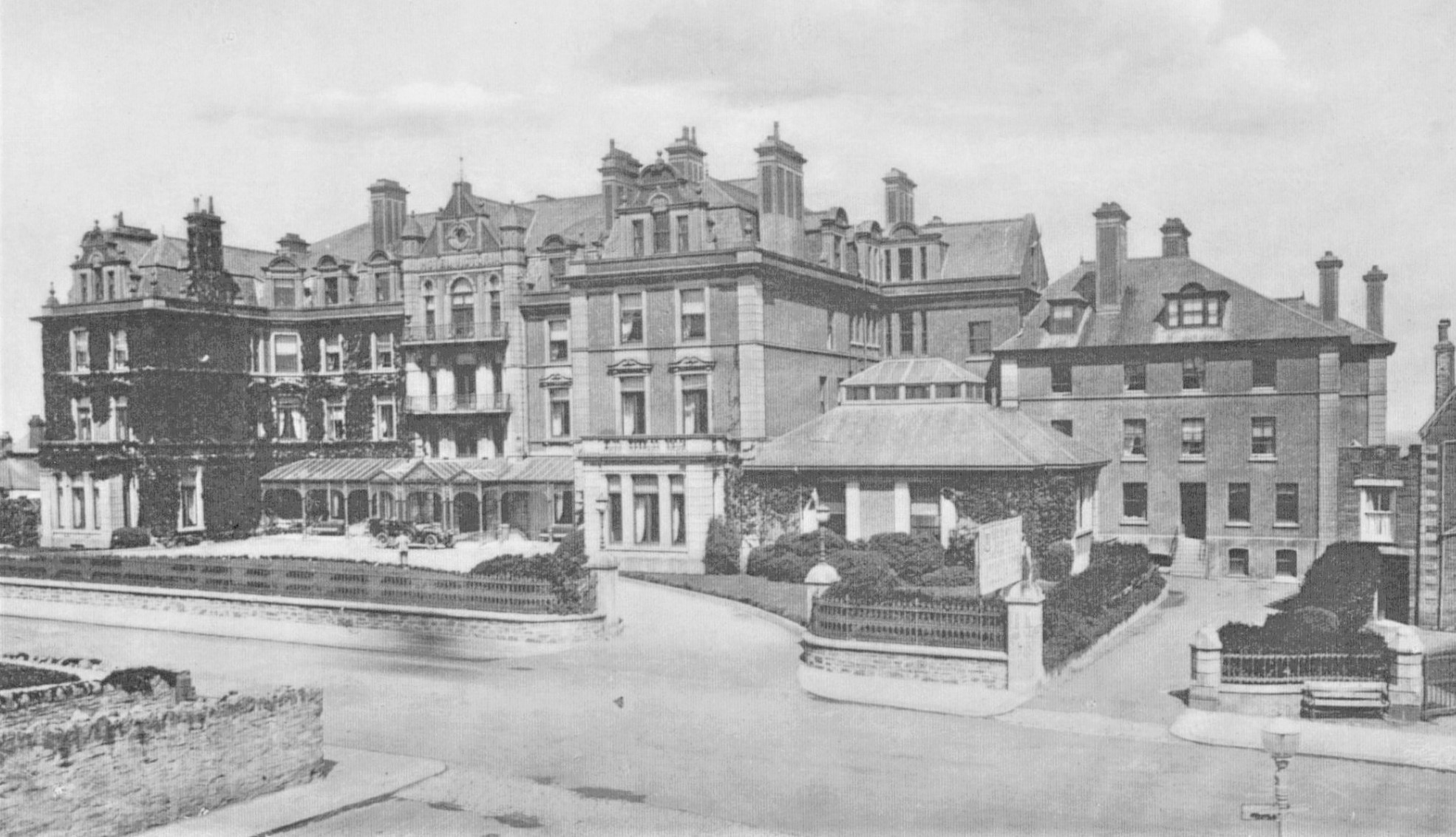
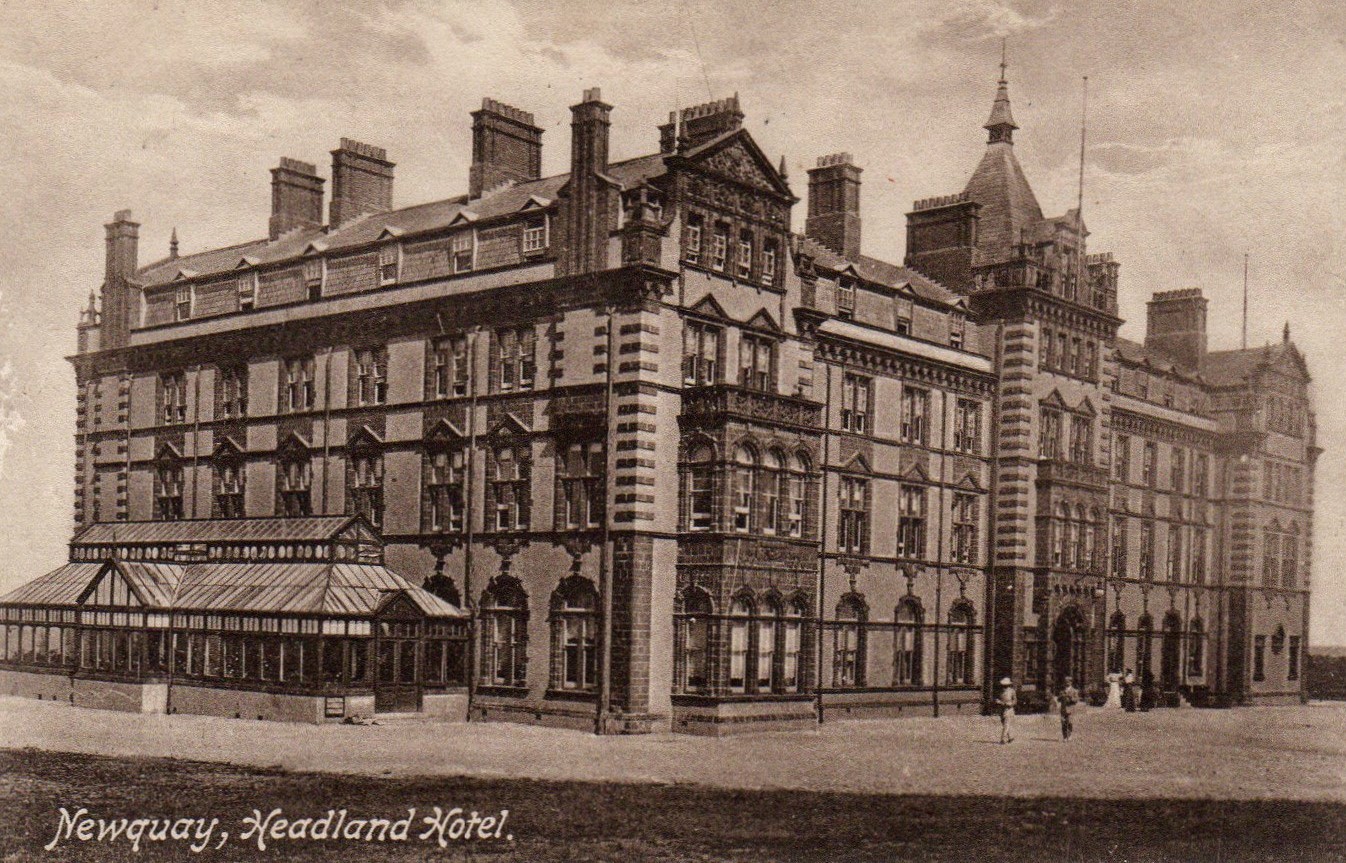
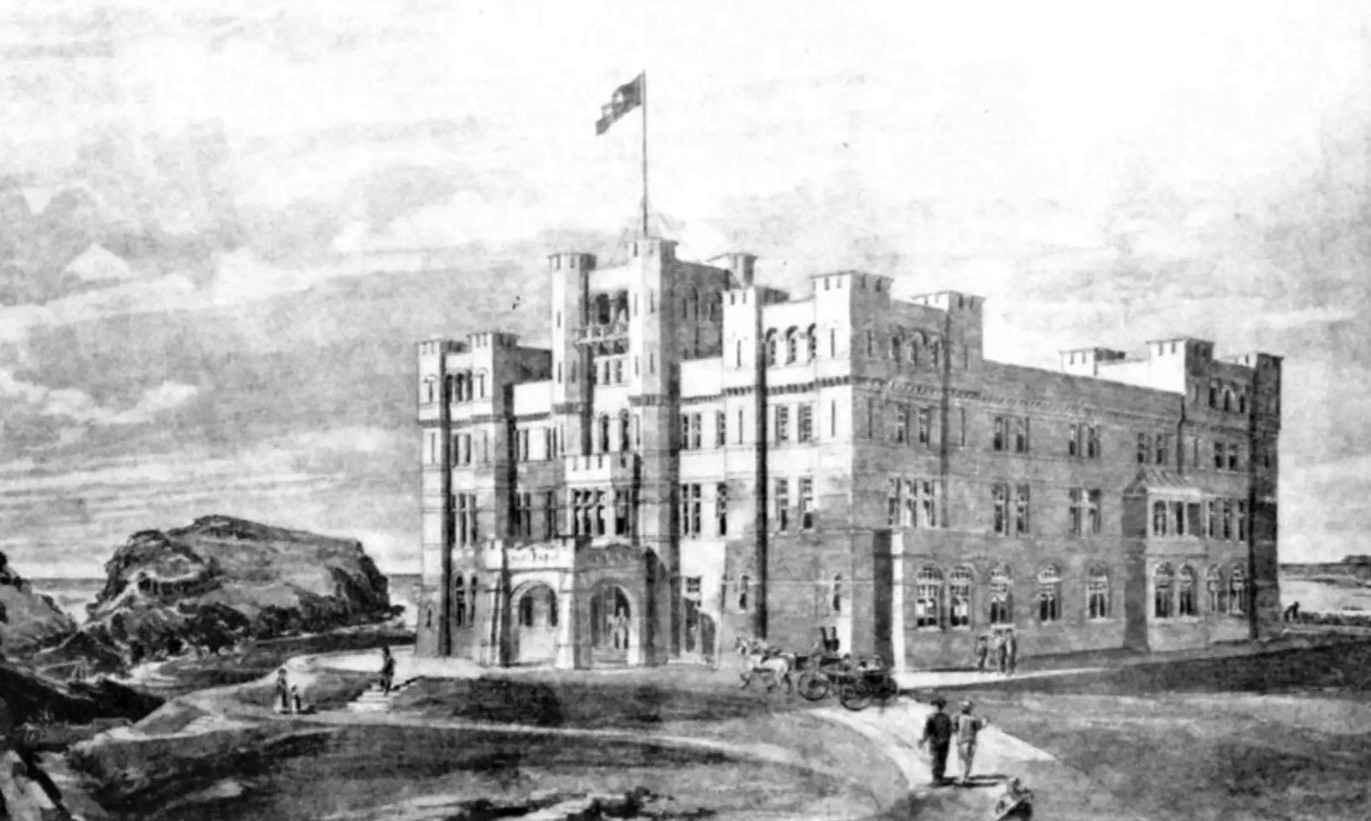
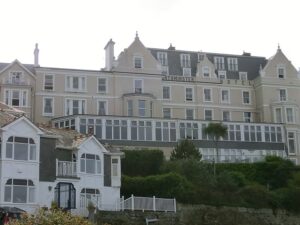
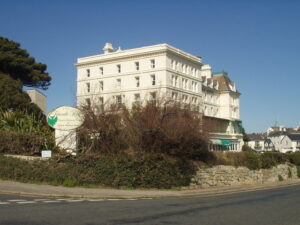
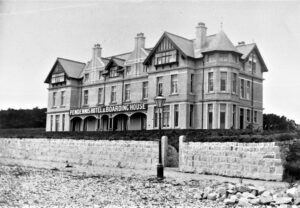
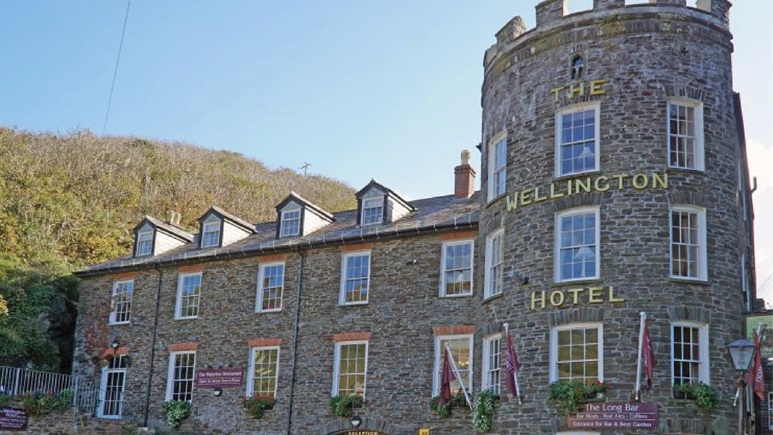
![Ertach Kernow - 22.02.2023 [1] Historic Cornish Hotels](https://www.cornwallheritage.com/wp-content/uploads/2023/02/Ertach-Kernow-22.02.2023-1-254x300.jpg)
![Ertach Kernow - 22.02.2023 [2] Historic Cornish Hotels](https://www.cornwallheritage.com/wp-content/uploads/2023/02/Ertach-Kernow-22.02.2023-2-254x300.jpg)
![[139] Ertach Kernow Heritage Column - 22nd February 2023 - St Piran's Seamas Carey, Talks Ertach Kernow Heritage Column - 22nd February 2023 - St Piran's Seamas Carey, Talks](https://www.cornwallheritage.com/wp-content/uploads/2023/02/139-Ertach-Kernow-Heritage-Column-22nd-February-2023-St-Pirans-Seamas-Carey-Talks-300x283.jpg)